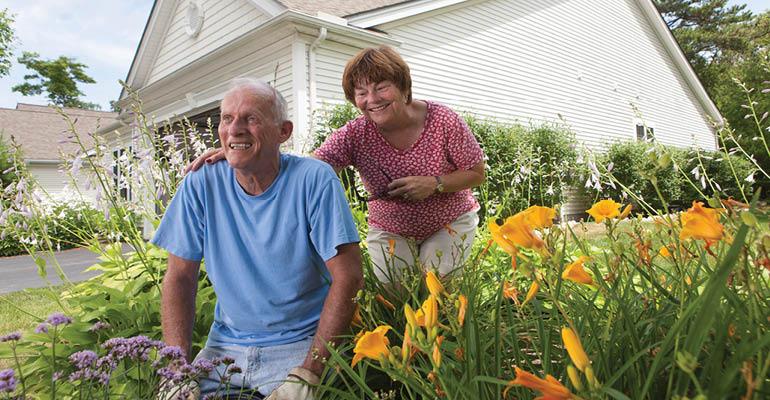The majority of Americans aged 45 and older would like to stay in their current residence after retirement, according to a new report from data firm Property Shark, “Housing America’s Older Adults—Florida, Traveling & Roommates.” A survey Property Shark administered among Americans in that age group found that 56 percent plan to stay in their current home when they get older. Another 30 percent plan to downsize their homes and only 10 percent plan to move to a retirement community.
Here are some more takeaways from the report:
1. For those who plan to stay in their current homes after retirement, the main concern is being able to handle the needed maintenance and repairs, at 30 percent. In all, 20 percent are worried about rising property taxes and only 14 percent are concerned about the safety of their homes. Another 10 percent cited the distance from amenities and health services as a potential issue.
2. For those who do plan to change their residence, 45 percent said they would prefer to live in a suburban environment, 30 percent would prefer a rural residence, 15 percent would like to live in a city and only 10 percent would choose a specially-designated seniors housing community.
4. When it comes to staying in their current area or moving somewhere else, once again the majority (64 percent) have no plans to move. Another 17 percent plan to move to another state, 10 percent plan to move to another area within their current state, 7 percent plan to stay in their local area, but downsize their homes, and only 2 percent plan to move abroad.
5. Florida continues to be the most popular choice for people planning to move out of state to spend their retirement, with 24 percent listing it as their first preference. This is followed by Arizona (10 percent) then South Carolina and Tennessee (both at 8 percent).
6. When looking at regions, however, the West was the most popular destination for future retirement, with 20 percent of survey respondents choosing it as their preferred destination. The South came next, at 10 percent, followed by the Northeast, at 7 percent. The Midwest was the least popular retirement destination, with only 4 percent of survey respondents picking it as their first choice.
7. As far as financing their housing costs in later years, 58 percent reported having less than $100,000 in savings and another 24 percent had built a nest egg of between $100,000 and $400,000. Only 18 percent has amassed more than $400,000 in savings.
8. Rising housing costs across the nation are also a concern as they appear to be eating into the financial well-being of older adults. Overall, 30 percent of survey respondents said they struggled to pay their housing costs in the past year. That figure went up to 42 percent among those earning between $20,000 and $40,000 a year, and was 27 percent among those earning between $40,000 and $60,000. The median household income for the U.S. is $61,372 a year, according to the U.S. Census Bureau.
The survey was based on responses from 1,068 U.S. adults aged 45 and older. Of those, 22 percent were already retired, 16 percent were looking at retirement within the next five years, 22 percent would retire in five to 10 years and 33 percent would retire in more than 10 years. The remainder had no plans to retire at all.





